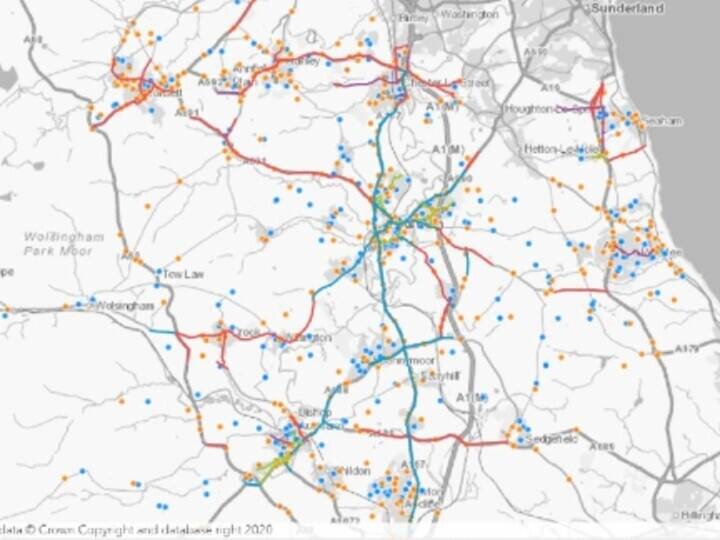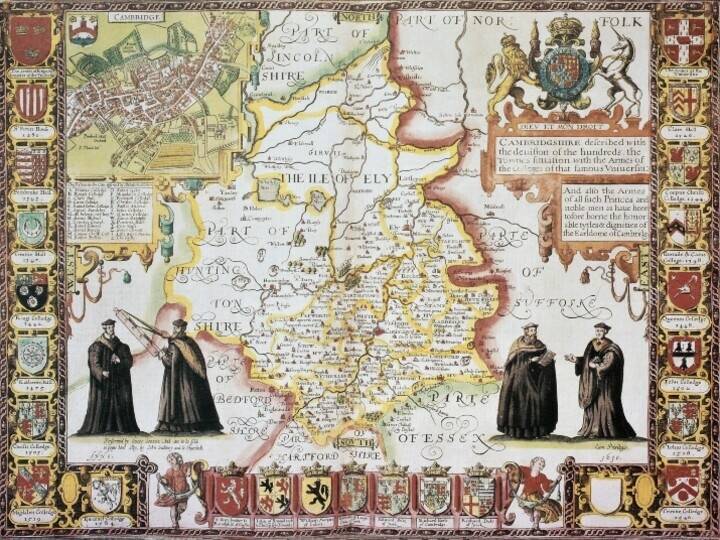NLPG Exemplar Award Winner – Best use of NLPG data by a partner 2008: Nottingham City Council.
The River Leen and its tributary Day Brook were central to the industrial expansion of the city of Nottingham and many businesses historically were established along its length to take advantage of the river’s water supply.
Today many of these industries have closed, leaving behind disused land often contaminated by a history of bleaching, dyeing and other chemical processes. Redevelopment of this land is hampered by perceived flood risk. A project was set up between Nottingham City Council, the Environment Agency and Nottingham Regeneration Limited to predict and accurately map the risk. In so doing, the project addressed one of the key challenges to regenerating some neighbourhoods ranked among the most deprived nationally.
The River Leen and Day Brook Strategic Flood Risk Assessment (SFRA) project aims to steer development away from areas of highest risk and investigate solutions to alleviate flooding.
The SFRA draws upon the latest river modelling and survey data to predict how the River Leen and Day Brook will react during various storm events, including the key planning benchmark, the 1 in 100 year flood. The aim of the SFRA is to provide a map-based planning tool that can be used by planning officers at Nottingham City Council to inform the Local Development Framework (LDF) process and individual planning applications. It will help steer development away from areas of highest risk, maximise development on brown field land in line with national planning policy and investigate solutions to flood risk at a strategic level.
Using the NLPG, the project was able to identify more than 70 additional properties to reach a total of 696 that were at potential risk of flooding. The property UPRNs were used to draw information from other back office systems such as non domestic rates to identify whether the property was commercial or residential; which were council owned and whether large employers were in the area. The data also revealed vulnerable sites such as hospitals, health centres, critical buildings and non-postal properties such as electricity sub stations, tram stops, gas meter houses, car parks, playgrounds etc. The granularity of the data available was such that businesses that could cause pollution risk, in the event of flooding, such as paint shops, were also identified.
Other vulnerable residential properties were pinpointed including those occupied by citizens claiming benefit with children under ten or those over the age 60. This means that decisions affecting the assessment, risk mitigation and possible future regeneration of the areas will be informed by the most up to date, accurate and detailed property information.
The SFRA was also able to identify weaknesses in flood defences where overtopping would incur additional flood risk and pose a threat to the transport infrastructure including railway and tram lines and arterial roads in the north and west of the city.
Outcomes
This is a great example of NLPG data being used to unlock information from other back office systems and then make it available to inform real decision making. The accuracy and level of detailed information gathered via the NLPG for properties within the flood areas is impressive and its value to the Environment Agency, planners, Local Development Framework officers, heads of resilience, area committees, emergency services and emergency planning officers cannot be underestimated.
The project was not only able to more accurately identify the areas subject to potential risk of flooding but also greatly improve the understanding of the likely impact on citizens, public and commercial enterprises and the infrastructure.
Key benefits
- Improved identification of properties at risk of flooding to sub-postcode level.
- Using the UPRN to pull information from other Council systems adds huge value to the identification of property types and details of ownership and demography.
- Provides real understanding of the human factors involved.
- Enabled improved understanding of flood extents for better management of risk mitigation and emergency planning.
- Improved profile for the NLPG within the authority, which proved to be significantly better than any other dataset.
- Recognition of the power of the UPRN and joined up government.



